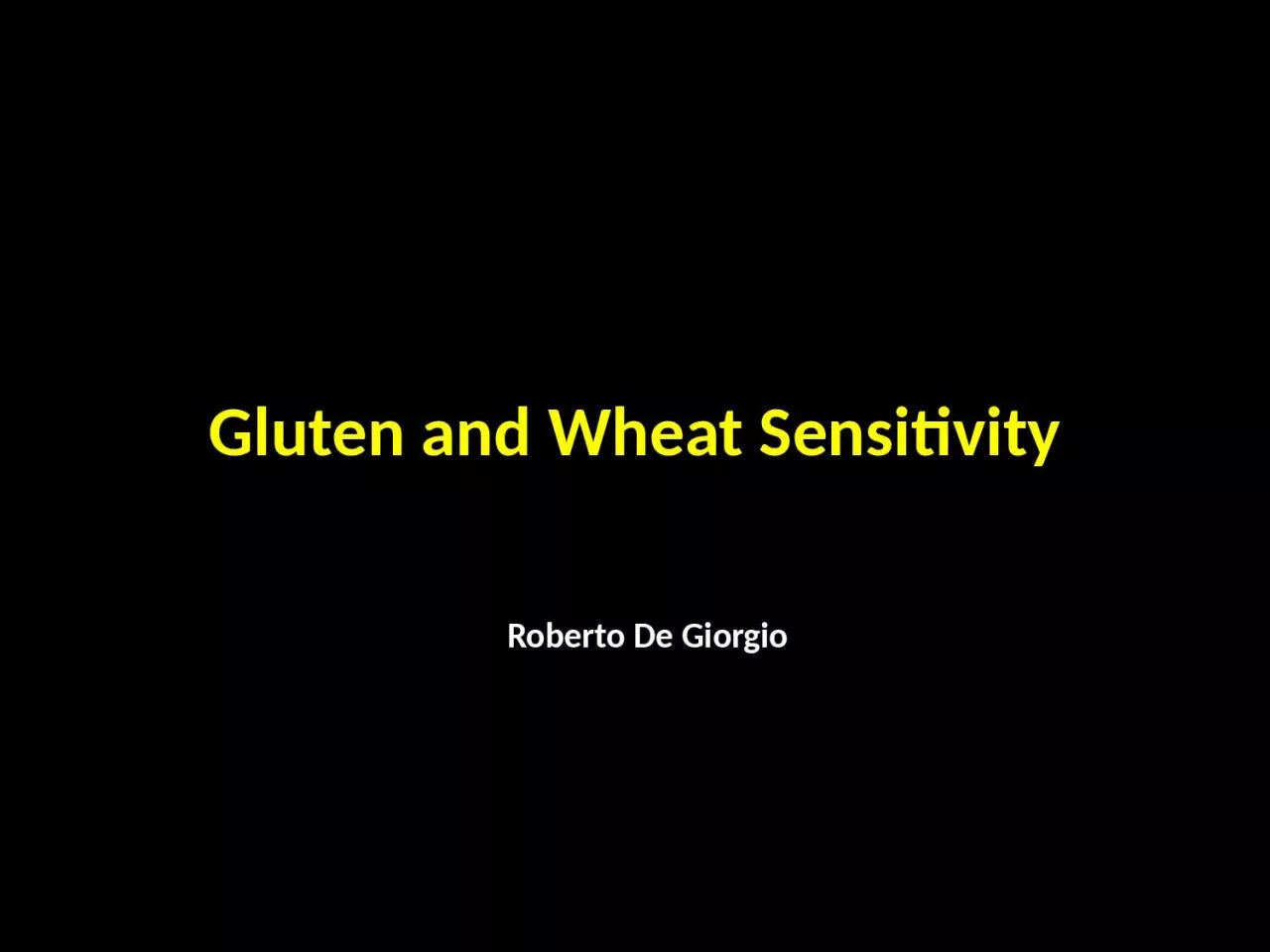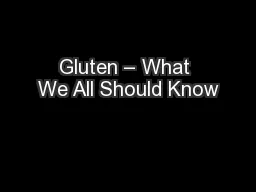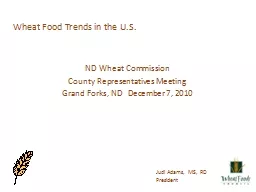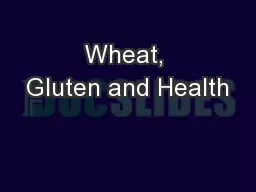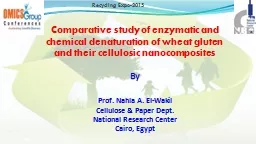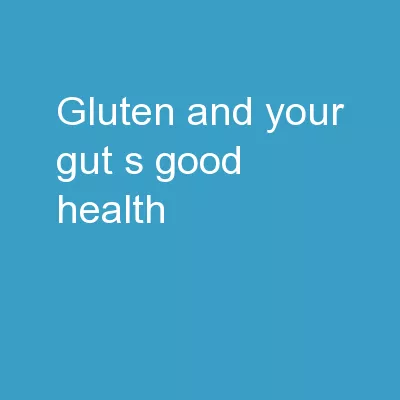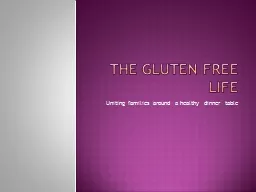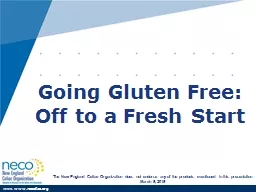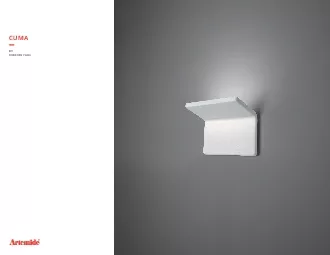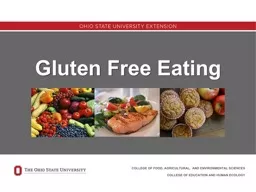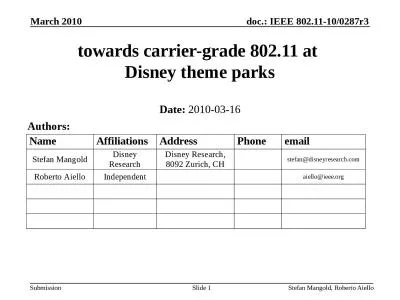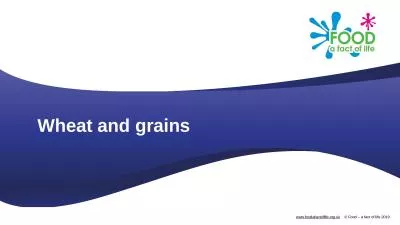PPT-Roberto De Giorgio Gluten and Wheat Sensitivity
Author : emma | Published Date : 2024-03-13
Gluten and wheat intolerance today are the growing ingestion and modern wheat strains involved The worldwide growing consumption of wheat with a mean
Presentation Embed Code
Download Presentation
Download Presentation The PPT/PDF document "Roberto De Giorgio Gluten and Wheat Sens..." is the property of its rightful owner. Permission is granted to download and print the materials on this website for personal, non-commercial use only, and to display it on your personal computer provided you do not modify the materials and that you retain all copyright notices contained in the materials. By downloading content from our website, you accept the terms of this agreement.
Roberto De Giorgio Gluten and Wheat Sensitivity: Transcript
Download Rules Of Document
"Roberto De Giorgio Gluten and Wheat Sensitivity"The content belongs to its owner. You may download and print it for personal use, without modification, and keep all copyright notices. By downloading, you agree to these terms.
Related Documents

